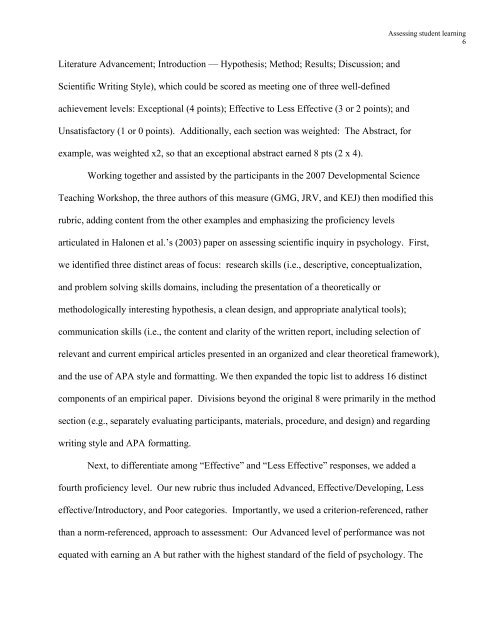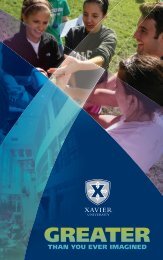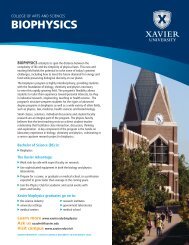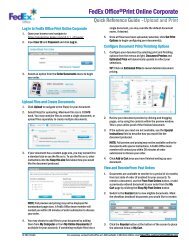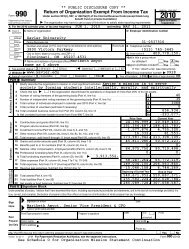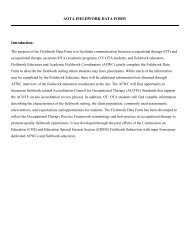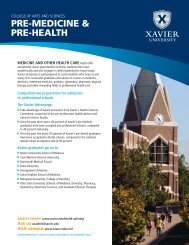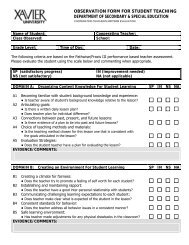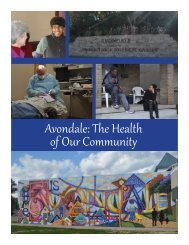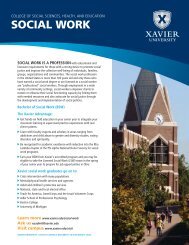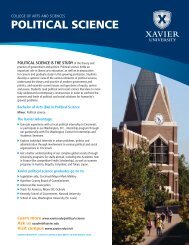Assessing Student Learning: A Collection of Evaluation Tools
Assessing Student Learning: A Collection of Evaluation Tools
Assessing Student Learning: A Collection of Evaluation Tools
You also want an ePaper? Increase the reach of your titles
YUMPU automatically turns print PDFs into web optimized ePapers that Google loves.
Literature Advancement; Introduction — Hypothesis; Method; Results; Discussion; andScientific Writing Style), which could be scored as meeting one <strong>of</strong> three well-definedachievement levels: Exceptional (4 points); Effective to Less Effective (3 or 2 points); andUnsatisfactory (1 or 0 points). Additionally, each section was weighted: The Abstract, forexample, was weighted x2, so that an exceptional abstract earned 8 pts (2 x 4).Working together and assisted by the participants in the 2007 Developmental Science<strong>Assessing</strong> student learning6Teaching Workshop, the three authors <strong>of</strong> this measure (GMG, JRV, and KEJ) then modified thisrubric, adding content from the other examples and emphasizing the pr<strong>of</strong>iciency levelsarticulated in Halonen et al.’s (2003) paper on assessing scientific inquiry in psychology. First,we identified three distinct areas <strong>of</strong> focus: research skills (i.e., descriptive, conceptualization,and problem solving skills domains, including the presentation <strong>of</strong> a theoretically ormethodologically interesting hypothesis, a clean design, and appropriate analytical tools);communication skills (i.e., the content and clarity <strong>of</strong> the written report, including selection <strong>of</strong>relevant and current empirical articles presented in an organized and clear theoretical framework),and the use <strong>of</strong> APA style and formatting. We then expanded the topic list to address 16 distinctcomponents <strong>of</strong> an empirical paper. Divisions beyond the original 8 were primarily in the methodsection (e.g., separately evaluating participants, materials, procedure, and design) and regardingwriting style and APA formatting.Next, to differentiate among “Effective” and “Less Effective” responses, we added afourth pr<strong>of</strong>iciency level. Our new rubric thus included Advanced, Effective/Developing, Lesseffective/Introductory, and Poor categories. Importantly, we used a criterion-referenced, ratherthan a norm-referenced, approach to assessment: Our Advanced level <strong>of</strong> performance was notequated with earning an A but rather with the highest standard <strong>of</strong> the field <strong>of</strong> psychology. The


